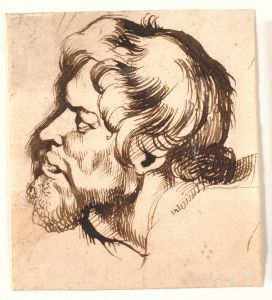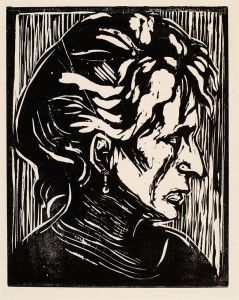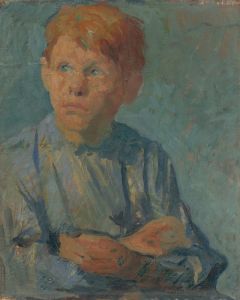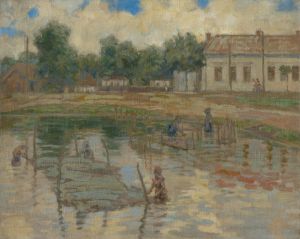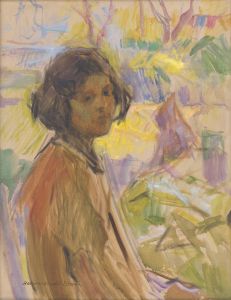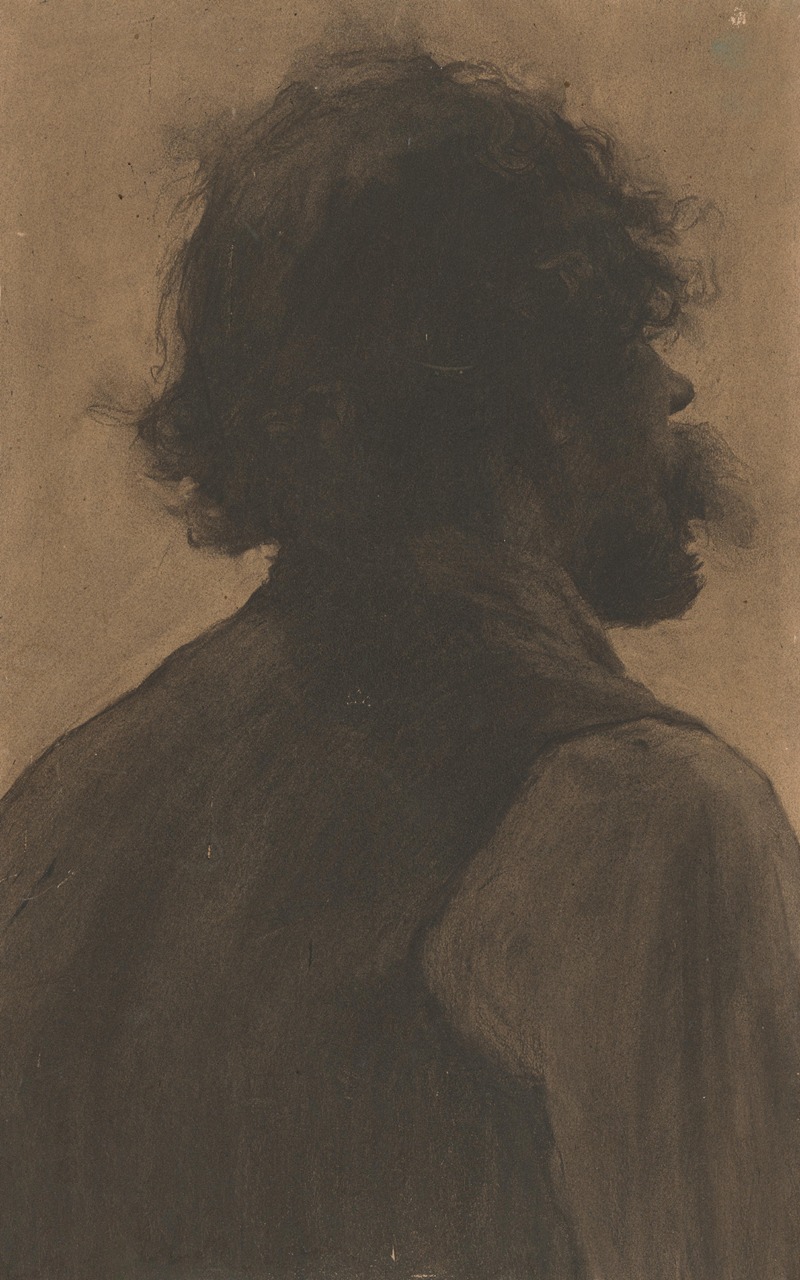
Štúdia hlavy cigáňa
A hand-painted replica of Elemír Halász-Hradil’s masterpiece Štúdia hlavy cigáňa, meticulously crafted by professional artists to capture the true essence of the original. Each piece is created with museum-quality canvas and rare mineral pigments, carefully painted by experienced artists with delicate brushstrokes and rich, layered colors to perfectly recreate the texture of the original artwork. Unlike machine-printed reproductions, this hand-painted version brings the painting to life, infused with the artist’s emotions and skill in every stroke. Whether for personal collection or home decoration, it instantly elevates the artistic atmosphere of any space.
Elemír Halász-Hradil (1873–1948) was a Slovak-Hungarian painter known for his contributions to portraiture and genre painting. One of his notable works is Štúdia hlavy cigáňa (Study of the Head of a Gypsy), which reflects his interest in capturing the individuality and character of his subjects. Painted in the early 20th century, this artwork exemplifies Halász-Hradil's skill in rendering expressive and detailed portraits.
The painting depicts the head of a Romani man, focusing on his facial features and expression. Halász-Hradil's use of light and shadow highlights the contours of the subject's face, emphasizing his individuality and humanity. The work is a study, meaning it was likely created as part of the artist's exploration of form, texture, and character rather than as a finished, formal composition. This approach was common among artists of the time, who often created studies to refine their techniques or prepare for larger works.
Halász-Hradil was influenced by the artistic movements of his era, including realism and impressionism, which can be seen in his attention to detail and his interest in portraying everyday people. His works often focused on rural life, traditional customs, and the diverse cultural heritage of the regions he lived in, particularly Slovakia and Hungary. Štúdia hlavy cigáňa fits within this broader context of his oeuvre, as it reflects his engagement with the Romani community, a subject that appeared in the works of several Central European artists during this period.
The painting is significant not only for its artistic qualities but also for its cultural and historical context. During the late 19th and early 20th centuries, the Romani people were often marginalized in Central Europe, and their representation in art varied widely, ranging from romanticized depictions to stereotypical portrayals. Halász-Hradil's study appears to focus on the individuality of the subject, avoiding overt caricature and instead presenting a nuanced and respectful portrayal.
Today, Štúdia hlavy cigáňa is recognized as an example of Halász-Hradil's ability to capture the essence of his subjects. The painting is held in a private collection or museum, though specific details about its current location are not widely documented. Halász-Hradil's work continues to be studied and appreciated for its contribution to Slovak and Hungarian art history, as well as for its role in documenting the cultural diversity of the region during his lifetime.






